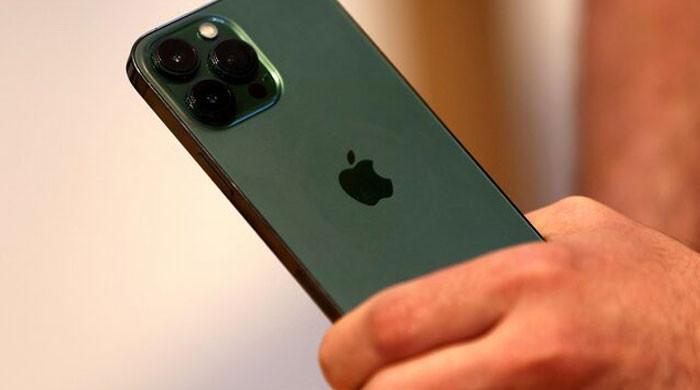New York/Washington: President Donald Trump wants Apple to build iPhones in the United States. But experts say doing so could take years and make the phones much more expensive, up to $ 3,500 each.
That is almost three times the current price.
The big question is now: will American consumers be willing to pay that high price just for a phone to be done at home?
Trump’s commitment to take the manufacture of iPhone to the United States faces many legal and economic challenges, experts said on Friday, the slightest of which are the insertion of ‘small screws’ that would need to be automated.
Trump threatened Friday to impose a 25% rate on Apple for any iPhones sold, but not made, in the United States, as part of the objective of its administration to re -qualify the works. He told journalists later on Friday that the 25% rate would also apply to Samsung and other smartphone manufacturers. He hopes that the rates will enter into force at the end of June.
“Otherwise, it would not be fair” if not applied to all imported smartphones, Trump said. “I had an understanding with (Apple’s CEO) Tim (cook) that would not be doing this. He said he will go to India to build plants. I said that it is fine to go to India, but you are not going to sell here without tariffs.”
Commerce Secretary Howard Lutnick told him CBS Last month, the work of “millions and millions of human beings that screw up small screws to make iphones” would reach the US. And would automate, creating jobs for commercial workers qualified as mechanics and electricians.
But then he said CNBC That cook informed him that he does so requires not yet available.
“He said I need to have robotics, correct, to do it on a scale and precision that could bring it here. And the day I see that available, it comes here,” Lutnick said.
The fastest way for the Trump administration to press Apple through tariffs would be to use the same legal mechanism behind punishing tariffs in a wide strip of imports, commercial lawyers and teachers said.
The law, known as the International Law of Emergency Economic Powers, allows the President to take economic measures after declaring an emergency that constitutes an unusual and extraordinary threat to the United States.
“There is no clear legal authority that allows the company’s specific tariffs, but the Trump administration can try to wear it under its emergency power authorities,” said Sally Stewart Liang, Akin Gump’s partner in Washington.
Other means to raise specific tariffs of the company depend on long investigations, Liang said.
But tariffs only in Apple “would provide a competitive advantage for other important phones, which undermines Trump’s objectives to bring manufacturing to the United States,” Liang said.
Experts said Trump has seen IEEPA as a flexible and powerful economic tool because it is not clear that the courts have the power to review the president’s response to a declared emergency.
“In the opinion of the Administration, provided that promulgates the ritual of declaring an emergency and pronouncing it unusual or extraordinary, there is nothing that a court can do,” said Tim Meyer, a professor of international law at Duke University.
In a case presented by 12 states that challenge Trump’s “Liberation Day” tariffs in the International Trade Court based in Manhattan, the court is considering that problem, and if IEEPA authorizes tariffs at all.
If the Trump administration gains that case, “the president will not have problems finding an emergency as a justification to impose tariffs on Apple iPhone imports,” Meyer said.
Trump could even simply include iPhones under the emergence of the commercial deficit that has already formed the basis of the tariffs declared above, said Meyer.
But moving the production to the USA could take up to a decade and could result in the iPhones costing $ 3,500 each, said Dan Ives, Wedbush analyst, in a research note. The Apple first line iPhone is currently sold for around $ 1,200.
“We believe that the concept of Apple production iPhones in the United States is a fairy tale that is not feasible,” said Iives.
Even without going so far, a tariff on iPhones would increase consumer costs by complicating Apple’s supply chain, said Brett House, economics professor at Columbia.
“None of this is positive for US consumers,” he said.




